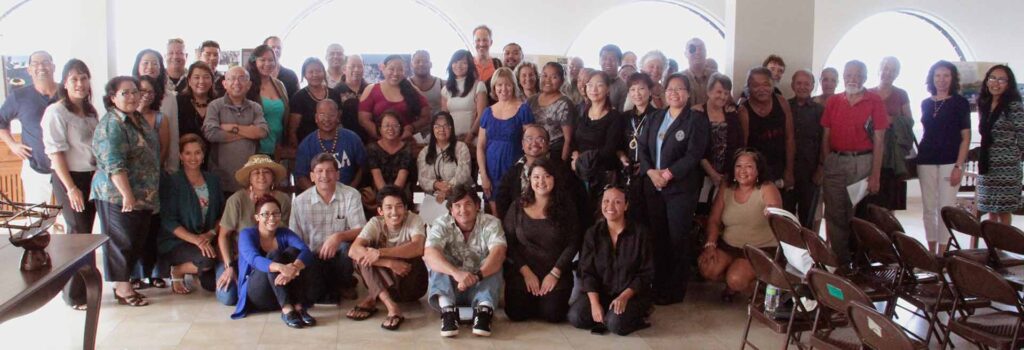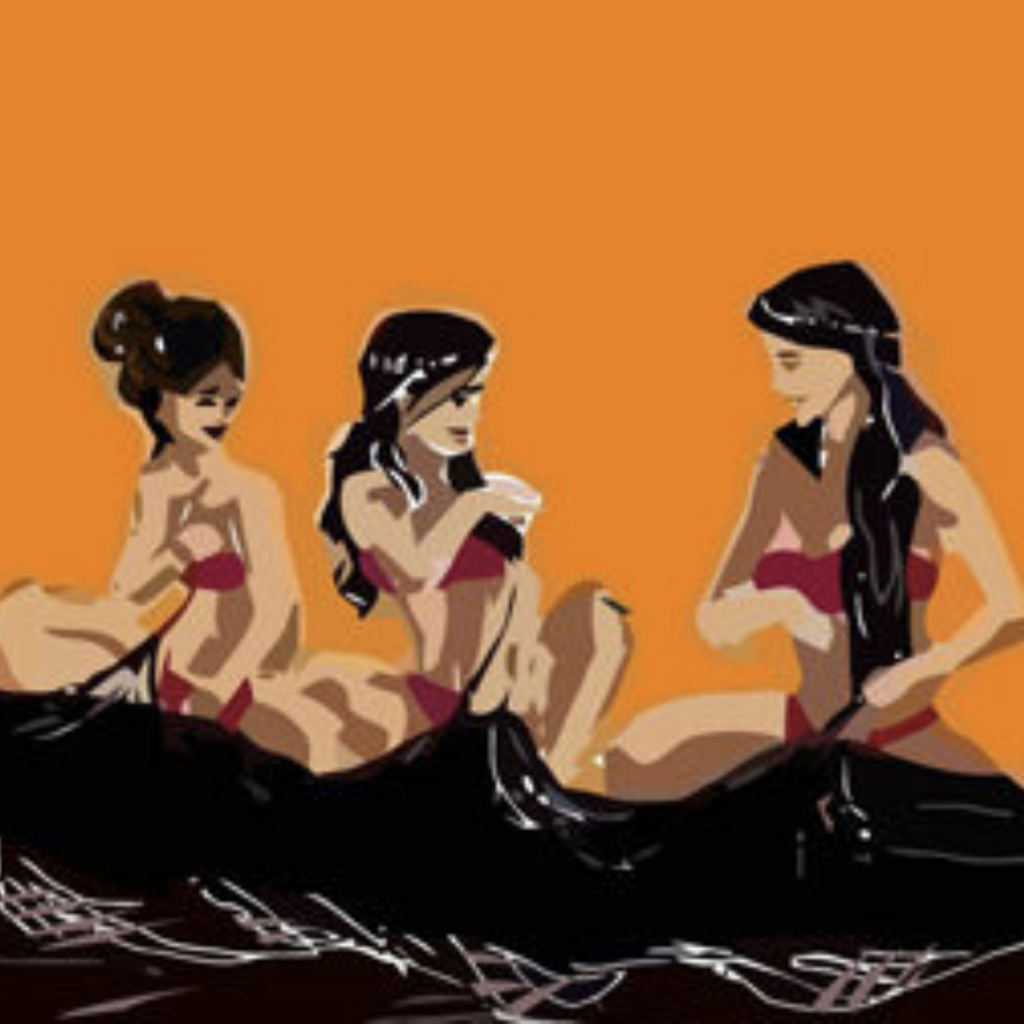CHamoru Seagrass Fishing Nets
The CHamorus often made their fishing nets out of the vascular bundles of fibers from Lo’u, a common seagrass. This seagrass is frequently called turtle grass or eel grass in English, lo’u in CHamoru, and the scientific name is Enhalus acoroides.
CHamoru Seagrass Fishing Nets Read Post »


